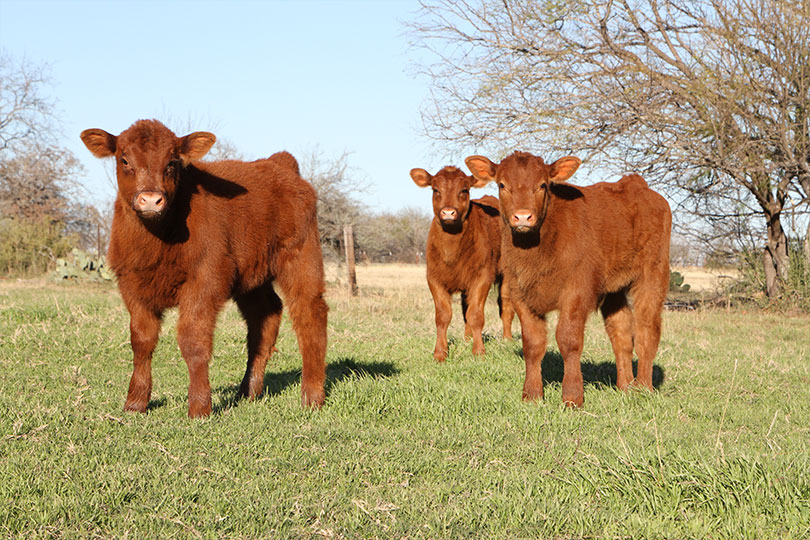By Julie Tomascik
Editor
Cattle ranchers should see higher calf prices in 2023, according to multiple agricultural economists and market analysts.
Continued high demand for beef, strong export markets and tightened supplies due to drought are expected to push cattle prices higher.
“Our numbers are tightening up as a result of the drought that we’ve experienced and record high feed costs. The herd has downsized more than we’d anticipated. That’s going to lead to even tighter fed cattle and beef supplies in 2023, 2024 or into 2025,” Randy Block, chief executive officer of CattleFax, said.
He noted over 50% of the nation’s beef cattle herd suffered from drought conditions in 2022.
Prolonged drought conditions and high feed costs led to a significant liquidation of the cow herd in the Lone Star State, as well as other states like Oklahoma and Kansas. Block estimated that cull cow and heifer slaughter numbers were projected to total over 700,000 head in 2022—one of the largest liquidation rates seen over the last 30 years.
Lack of available hay and high corn prices also led to higher feed costs for ranchers last year, and those prices are expected to stay high in 2023.
“We just don’t have enough hay. We’ve seen record high hay prices, and that’s hand-in-hand with what we’re seeing with grain prices,” Block said. “We’re just flat looking at the highest cost to put on a pound of gain of any time in the history of our industry.”
With a smaller cattle herd expected this year, it should take some pressure off of processing plants.
“It’ll be critical for the industry to have some new harvest capacity if we’re going to be able to expand into the second half of this decade,” he said.
Last year will be the largest beef production year in the history of the U.S. beef industry, Block noted.
“That was done with 30 million less cattle in our inventory than what we had when we did that back in the 1970s,” he said. “So, it’s pretty phenomenal the productivity, the animal husbandry that we have out of our producers today. The U.S. beef industry is the leader and obviously has the smallest environmental footprint of any industry anywhere around the globe.”
Consumer demand for beef continues to remain steady despite inflation and increased costs at the grocery store.
“Beef demand has been phenomenal over the last several years, and the industry has been very intentional in producing the highest quality beef product that we ever have,” Block said. “Over 80% of our animals that we produce today are choice and prime.”
And exports also help drive value for the fed beef carcass. Currently, exports add an additional $425 per head.
Overall exports of U.S. red meat, and specifically beef, were up in 2022.
“Not only are consumers in the U.S. loving the consistency and quality and the eating experience of that product, but more and more of our customers in the global market are, as well,” Block said.

